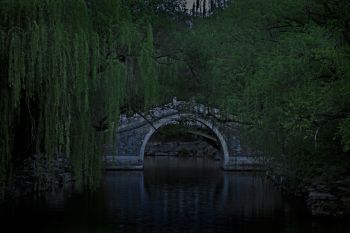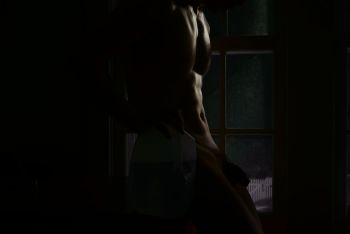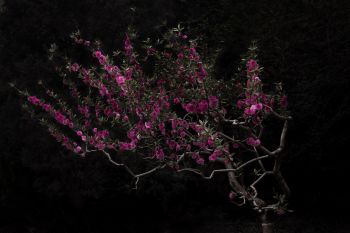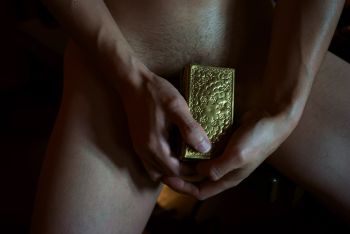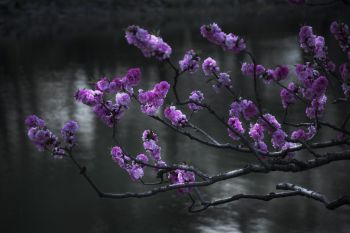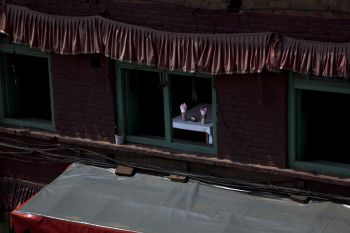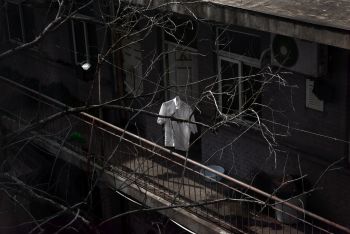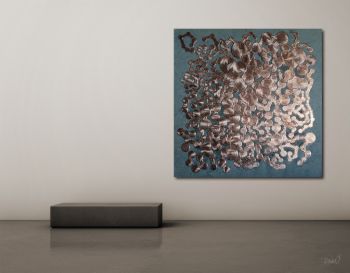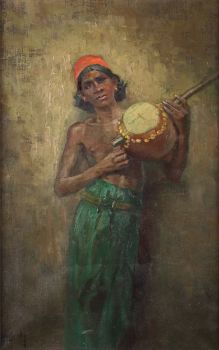Shen Wei: China's New Hero
This Saturday, SinArts Gallery will be opening the new exhibition season with “Between Blossoms”, featuring the US-based Chinese photographer Shen Wei (1981). The series forms a documentation of a voyage of discovery that breaks through physical as well as emotional boundaries.
Chinese art has been developing incredibly fast over the past two decades, yet so many people are still caught up in commercial clichés, causing a huge knowledge gap.
Alex Lebbink, Sinologist and the founder of SinArts, explains what has changed and how the upcoming exhibition is set to give you a fresh perspective on art from the far east.
Lebbink was first introduced to the world of contemporary art in Beijing, where he spent two years as a part of his university degree. At a 2001 exhibition opening he came across Zhang Dali (1963), China’s first activist graffiti artist and one of the country’s most important sculptors and performance artists.
Zhang is the typical child of a generation that was marked by the cultural revolution in China, characterized by hardship and suppression, he addresses these themes in his work.
Using spray-paint, he drew the contours of his own profile onto buildings that were marked to be demolished, following the often merciless eviction of its residents. It attempted to create a dialogue with the population, probing them to consider whether this new world that was being promised to them would really be an improvement.
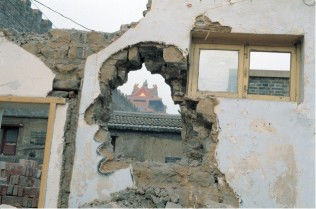

Zhang Dali, Demolition – Forbidden City, 1998.
The work left an unforgettable impression on Lebbink, or as he describes it:
"That’s when it spiraled out of control. I started doing independent research and ended up writing my thesis about the establishment of the art scene in China. Following my graduation in 2005, I took a number of jobs within the art business, among which a position at the China desk of the Dutch Centre for International Cultural Cooperation.
A lot of the information that I came across at that time, I wanted to be able share with a larger audience. I started penning a newsletter that quickly evolved into a platform for Chinese contemporary art, resulting in a physical space for events and exhibitions named SinArts, now located in The Hague."
Alex Lebbink
Opening up a gallery space in the Netherlands was the outcome of Lebbink’s strong desire to show the public how Chinese art has changed in recent decades:
"At the brink of the 20th century, there was an immense hype surrounding the initial establishment of the Chinese art world. Several Dutch galleries were involved in bringing Chinese art to the Dutch public and it turned into a successful market. But that market crashed along with the rest of the world during the 2008 financial crisis.
At the same time, the Chinese market for contemporary art began to flourish and local Chinese buyers were willing to invest much more, often inflating the prices. In recent years, there have been several museum exhibitions in the Netherlands [including the current Qiu Zhijie: Journeys Without Arrivals at the Van Abbemuseum and Zhang Dali: Body and Soul at Museum Beelden aan Zee].
Whilst these artists have greatly contributed to the importance of Chinese contemporary art around the world, they belong to a previous generation."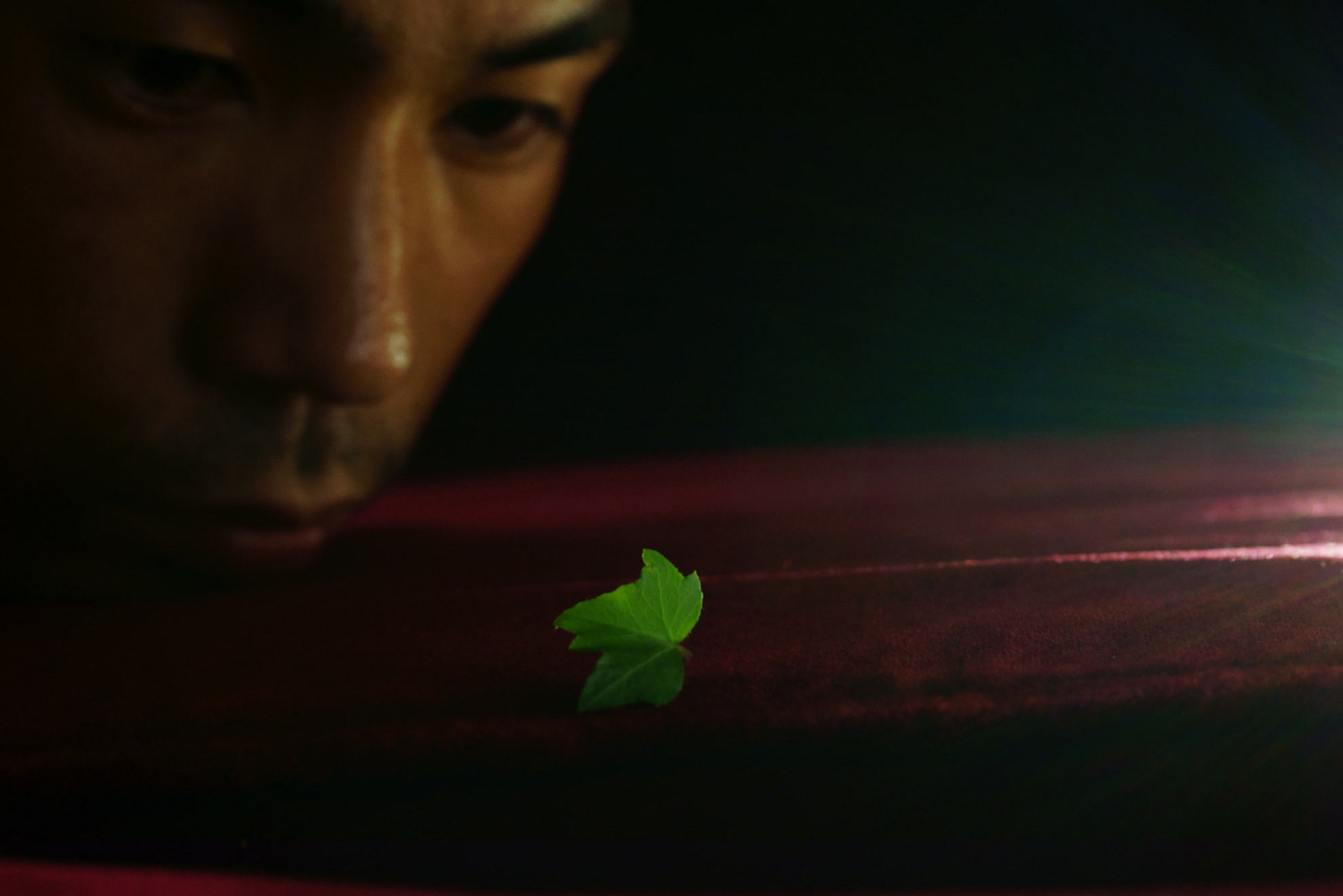

Finding a Leaf and Gallon Water.
The new generation of artists grew up in a completely different China: "The country has changed so much. In 2001 China officially joined the World Trade Organization, in 2008 they hosted the Olympics, and in 2010 a major world expo took place in Shanghai, fortifying its status as the next big global city.
These younger artists are in touch with the rest of the world and have become aware of their global impact. They have a different sense of urgency and are less politically sensitive, their work is more intimate and explores completely different themes."
Lebbink selects the artists that he represents based on their ability to speak a universal language:
"That universal language is embedded within an artist’s subject-matter. I try to extract them from the cliché, to separate their work from their nationality. The only way we can truly come to appreciate and to develop a feeling for Chinese art based on its artistic merit, is by learning to understand it.
It needs to fit within our own realities, to be depicted in a comprehensible visual language."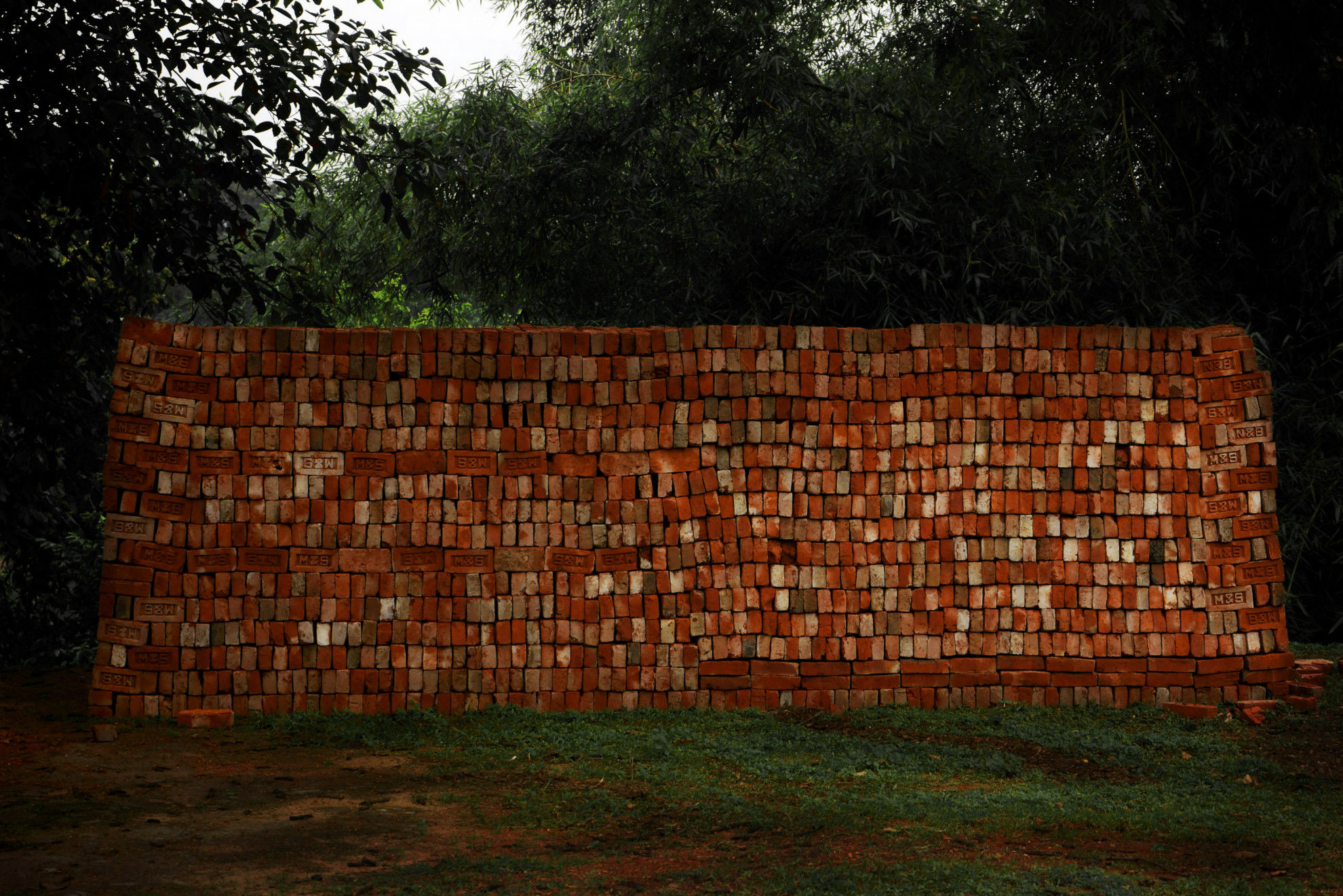
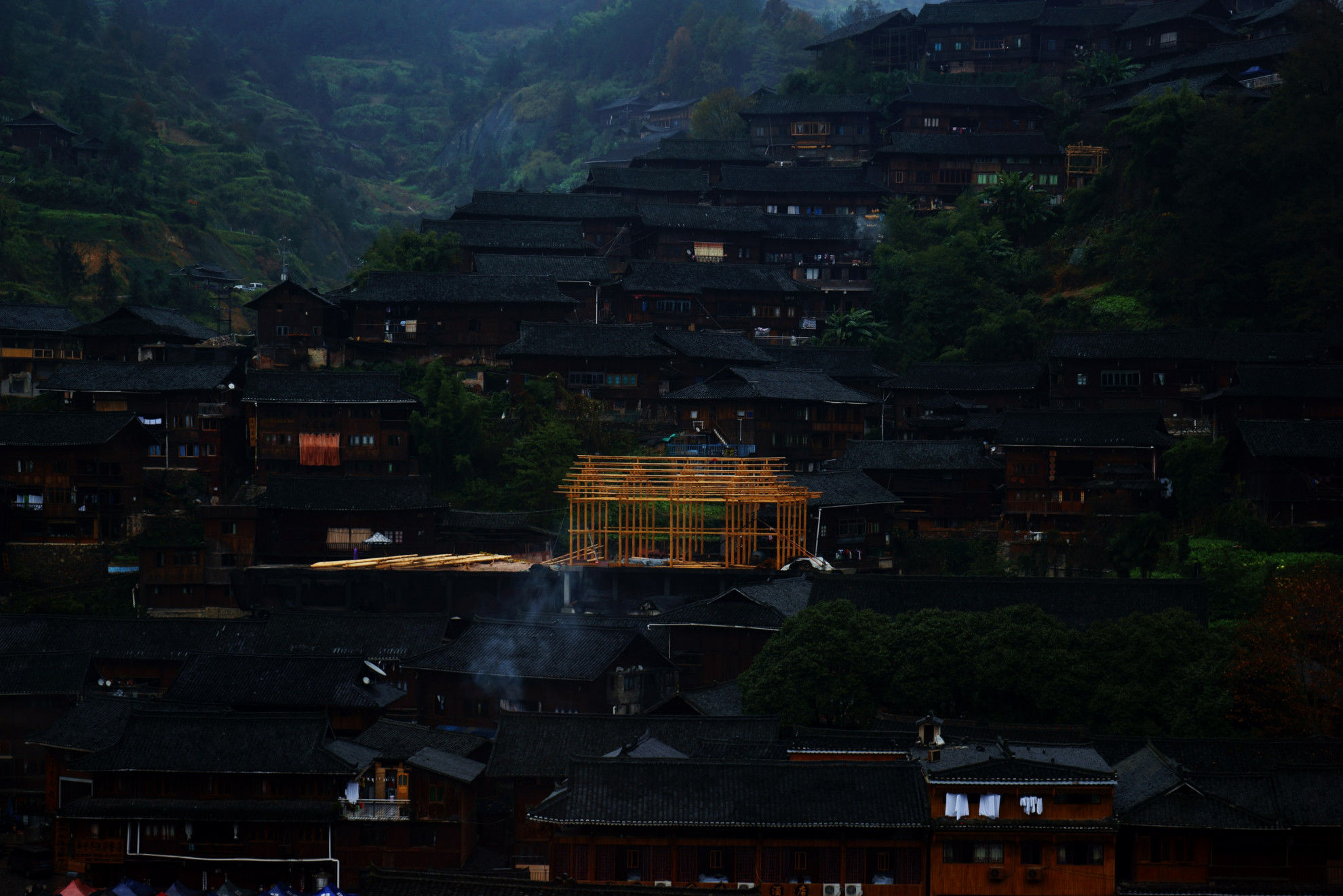
Brick Wall and House Frames.
As a representative of his generation, Shen Wei explores a very universal theme in Between Blossoms:
"It is a reflection on a journey of self-discovery, followed by the liberation from it. Shen's self-portraits are dark and exude an air of mystery, delving into the complexity of his inner world.
On the other hand, the photographs of buildings and nature present a more outward focus. They are elements that Shen encountered on his physical journey, moments of meditation in which he waited for hours until the light was just perfect, revealing the sentiment in nature itself.
The work is modest and unpretentious, it asks for quiet contemplation and the courage to let your eyes wander off. When you look at one of Shen's photographs for long enough, you might just discover a whole another world in the background."
Bonsai.
The exhibition provides an interesting contrast to its predecessor: Old heroes – new heroes, which showed the evolution of Chinese art throughout the past two decades, beginning with the pioneers and ending up with today’s spearheaders.
Between Blossoms will run from 02.09.17 until 02.10.17.
Header image: Cherry Blossoms.



